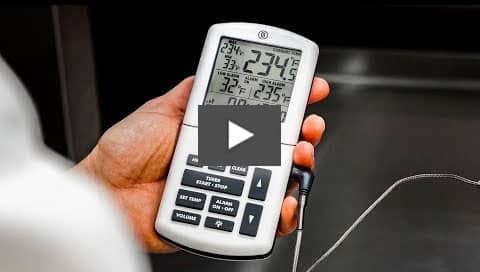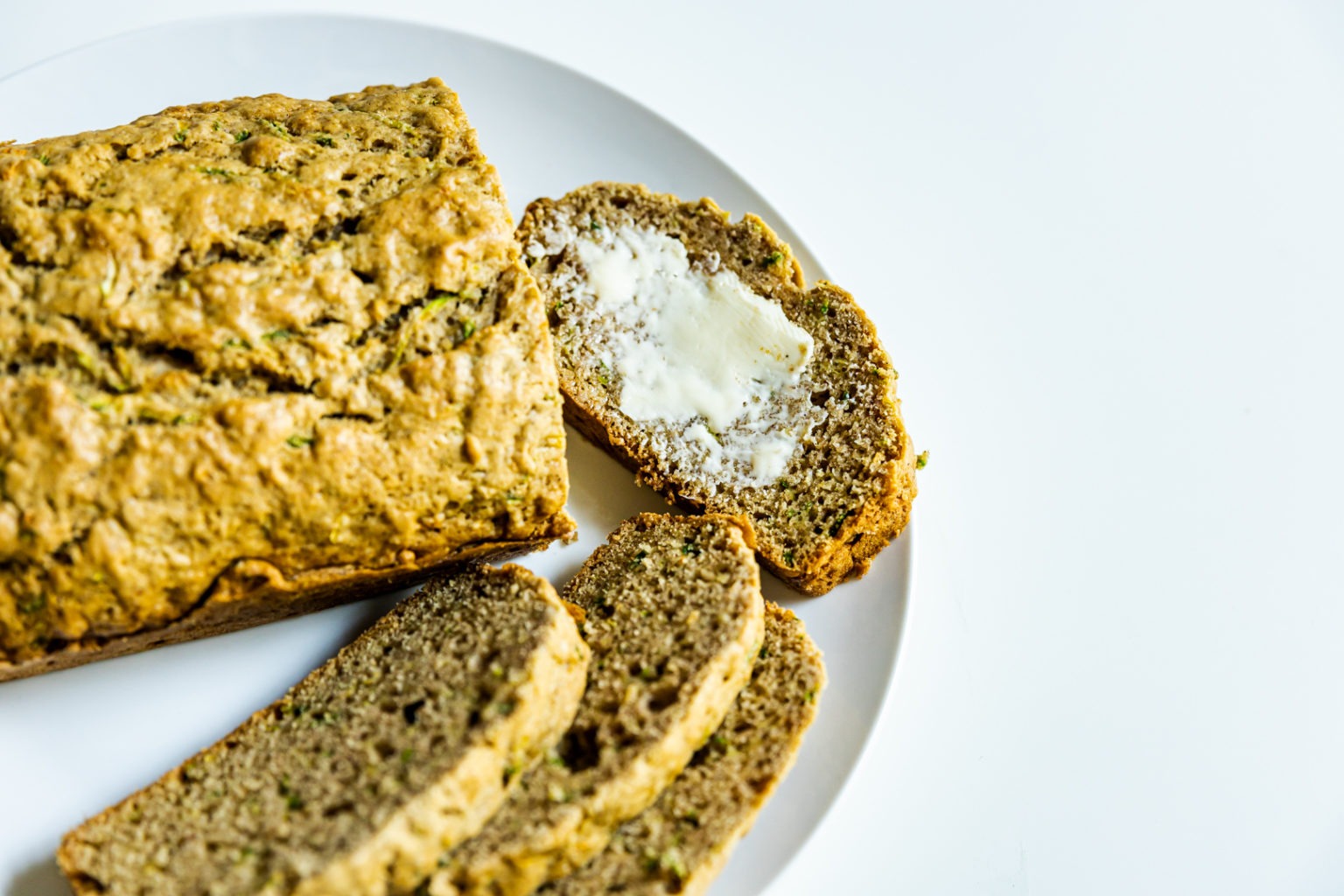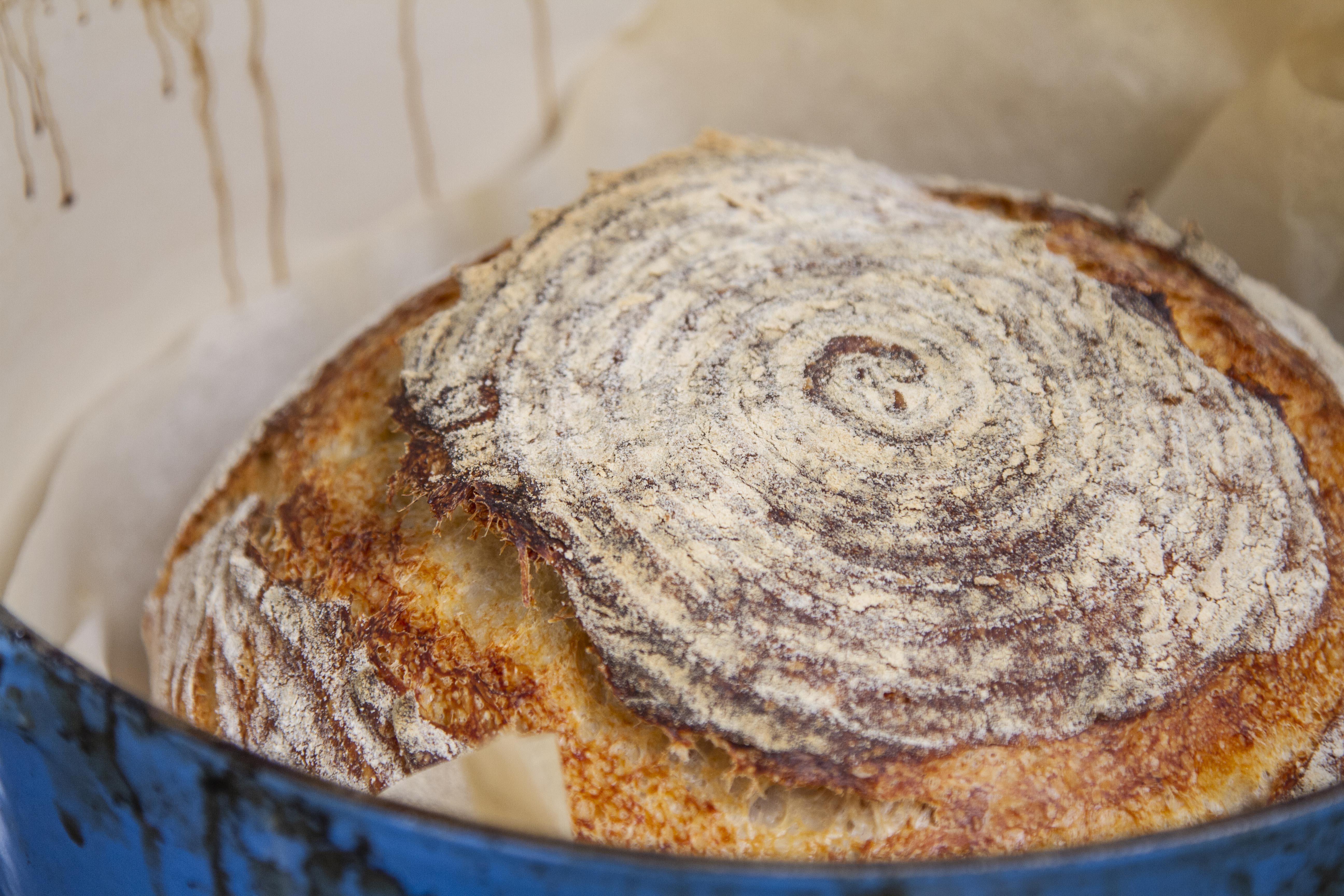Baking with ThermoWorks
Why is temperature so important in baking?
The best bakers cook to temperature, not time. It’s that simple.
Every step in baking is temperature-sensitive. From the temperature of your eggs and water when mixing in dry ingredients, to your dough proofing temp, to the final doneness temp in the oven…it’s ALL about the perfect temperature for the perfect bake. Professional bakers know that baking to temperature means ensuring consistent quality for their customers. The rest of us could use a little consistent quality in our baking, too!
Which baking thermometer is right for me?
Great question...and the answer is: it depends. What kind of baker are you? What exactly are you baking?
For the Professional Baker
Baking is your life, literally. It is the skill that provides for you and your family. You don’t mess around with poor-quality ingredients, and it’s the same for your kitchen gadgets. There’s money riding on what you produce, so investing in perfection is crucial. Dress your kitchen.
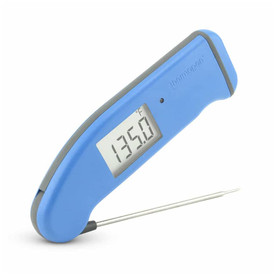
Thermapen® Mk4
Your go-to quick-check
If you’re going to add anything to your professional kitchen, it’s this guy. While the ChefAlarm is your go-to leave-in thermometer alarm, the Thermapen Mk4 is the go-to instant-read digital thermometer. By instant-read, we mean readings under 2-3 seconds.
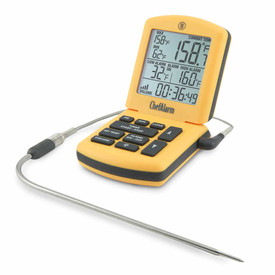
ChefAlarm® Cooking Alarm Thermometer
Your eyes and ears
It’s the cooking alarm thermometer that the French Pastry School swears by and is used religiously by pro bakers everywhere.
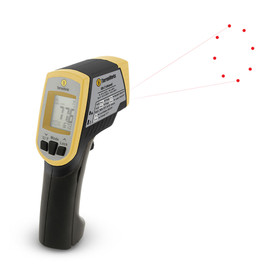
IRK-2
Your surface-temp guide
An infrared thermometer is essential in the commercial kitchen. You can quickly check surface temps on your oven, or items in your walk-in. Speed and accuracy is important in the kitchen and this gives you both.
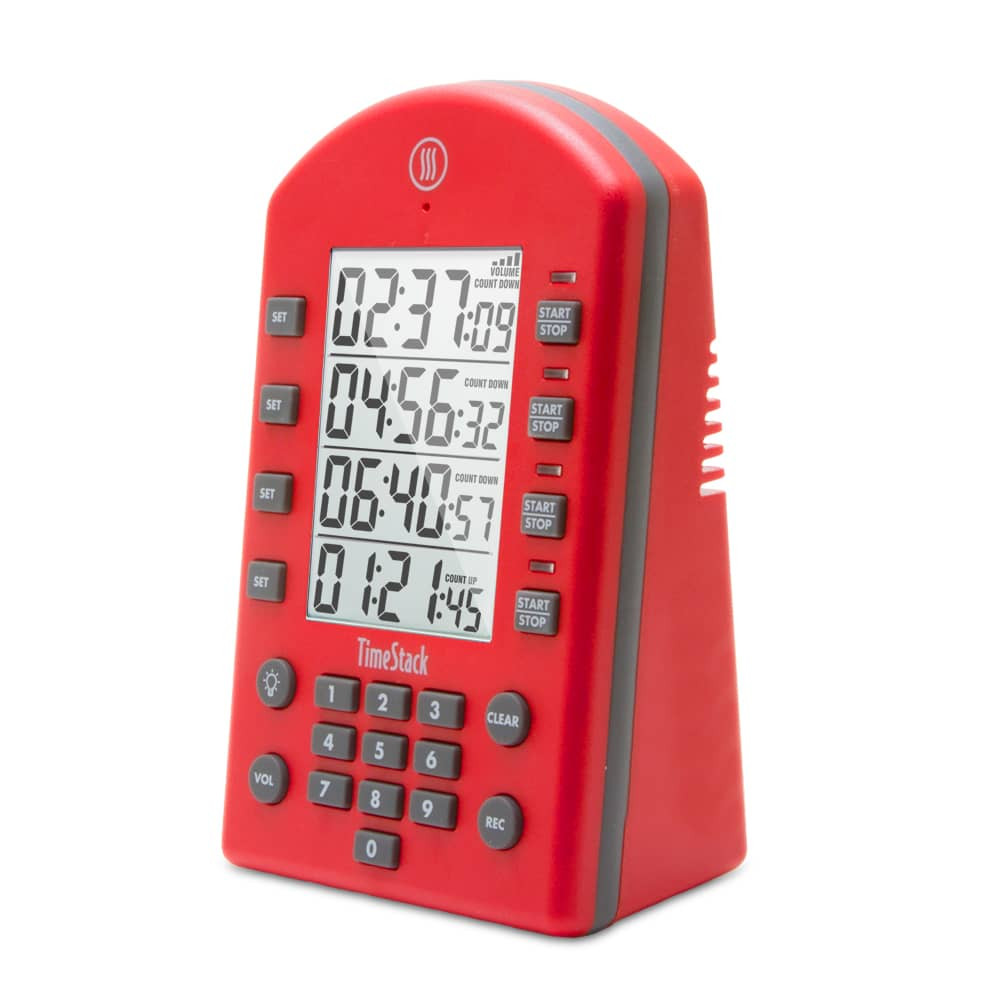
TimeStack®
Your multi-tasker tracker
Have multiple bakes going on in your loud, commercial kitchen? No problem. TimeStack allows you to set and view 4 countdowns at once. And, you can adjust the alarm volume. The loudest setting is strong enough to hear even in the biggest, bustling kitchen.
For the Adventurous Home Cook
You’ll try anything once and you get results. The kitchen is your domain, your happy place, your laboratory. Just because baking isn’t your profession, doesn’t mean it isn’t equally your passion. And since the time you put into your passion is precious – you need tools to help you nail it the first time.

Thermapen® Mk4
The Trusty Spot-Check
Quickly check dough, bread, cake, even the water temps before mixing in dry ingredients. If you’re investing in just one temperature tool, invest in a Thermapen—accurate to ±0.7°F in just 2-3 seconds.

ChefAlarm® Cooking Alarm Thermometer
The Babysitter
It’s the cooking alarm thermometer that the French Pastry School swears by and is used religiously by pro bakers everywhere.
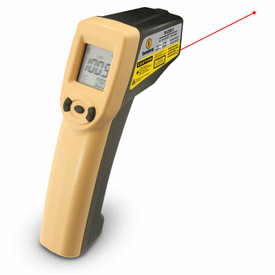
IR-Gun-S
The Perfecter Checker
A good infrared thermometer is an overlooked instrument in a baker’s kit. Easily check room temperatures before mixing doughs so you know how to adjust your flour and butter or proofing temps. Spot check oven temps.
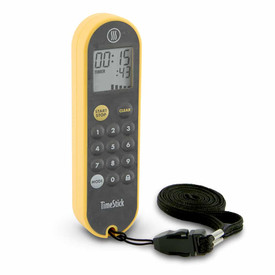
TimeStick®
The Handy Timer
These tiny timers fit in the palm of your hand, making them perfect for the use of everyone on staff. You can hang them around your neck, stick them on the fridge, or keep them in your pocket. They come in multiple colors, so everyone’s is identifiable.
Doneness Temps
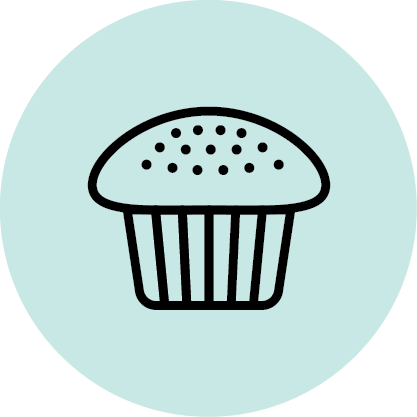
Muffins
209°F

Cheesecake
145°F
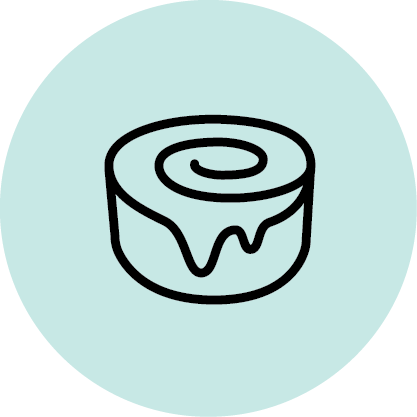
Cinnamon Rolls
190°F

Cake
Light: 205 to 210°F
Heavy: 200 to 205°F

Bagels
190°F

Sourdough
208°F
Process Temps
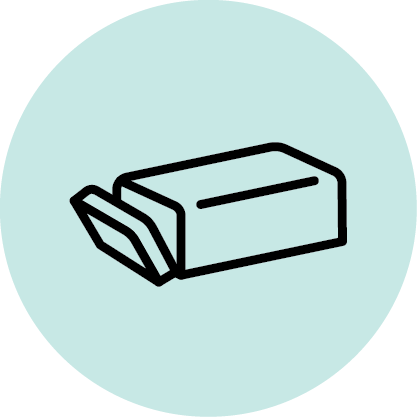
Butter
65 to 70°F
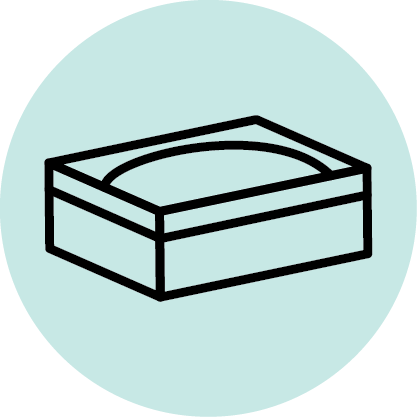
Proofing
75 to 90°F
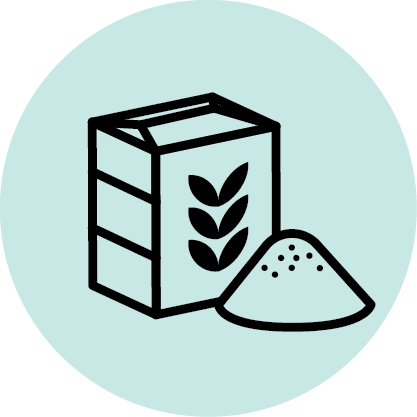
Flour
70°F

Water
When Adding Yeast
105°F to 110°F
Tips to Help you...Rise to the Occasion
The Base Temperature System
Proofing
Using an Infrared
“Yeast is a wonderful but finicky thing. It flavors and lightens our breads, but it is picky about what temperatures it prefers. Too cold and it just won’t work. Too hot and it dies. Using room-temperature ingredients will guarantee that your dough isn’t too cold for the yeast to get to work altogether, but warming things up just a bit will help move things in the right direction.” - Chef Martin, ThermoWorks Blog

More Handy Tools
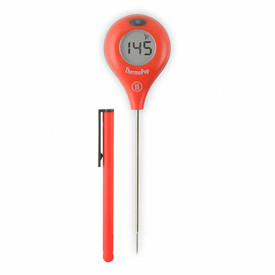
ThermoPop
The first rotating display pocket thermometer, the ThermoPop is another innovation from ThermoWorks. A simple button press rotates the display in 90 degree increments. Hold the ThermoPop in either hand or read it when it's upside down. Any angle is convenient!
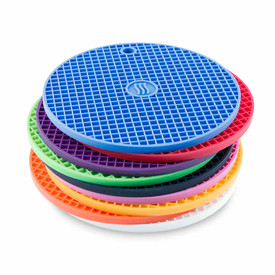
Trivets
We designed a sturdier, dishwasher safe trivet that will hold up in the kitchen against 600° heat. Hold hot things, really hot things. Rest hot dishes on the counter with zero worry, and gracefully pull that souffle out of the oven without a sweat.
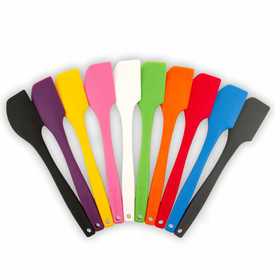
Spatula
Stir, fold, flip and scrape with a spatula that can stand the heat - 600℉, to be exact. Our silicone spatula makes a wonderful tool for lapping on thick strokes of frosting, giving that perfectly-imperfect frosted look. It’s also wonderful for cleanly scooping sticky dough out of bowls and spreading evenly into pans.
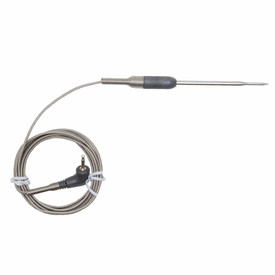
2 1/2 Inch Probe
This small probe is perfect for measuring smaller bake temps like muffins and bagels. Connect and use with our ChefAlarm, DOT, or other cooking alarms.
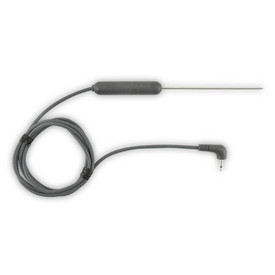
Pro-Series® Extra Probes
Try some of our specialty probes to use with our ChefAlarm, DOT, or other cooking alarms.

Pro-Series® Waterproof Needle Probe
This probe comes in clutch when measuring temps for things like custard. The immersible mini-handle/transition seals the probe assembly against moisture. Connect and use with our ChefAlarm, DOT, or other cooking alarms.
Baking Favorites from the ThermoBlog

Baking cinnamon rolls can be tricky because you’re trying to get a crisp, chewy, dough with a gooey, center. The temperatures have to hit just right. Luckily, we’ve got a guide that’ll help yield the best cinnamon rolls you’ve ever tasted.
Get More Great Tips, Tricks, and Steals
Like what you see? Get more cool content from us, weekly. We’ll also let you know about some crazy-great deals.
Join our mailing list for exclusive offers and product updates.

